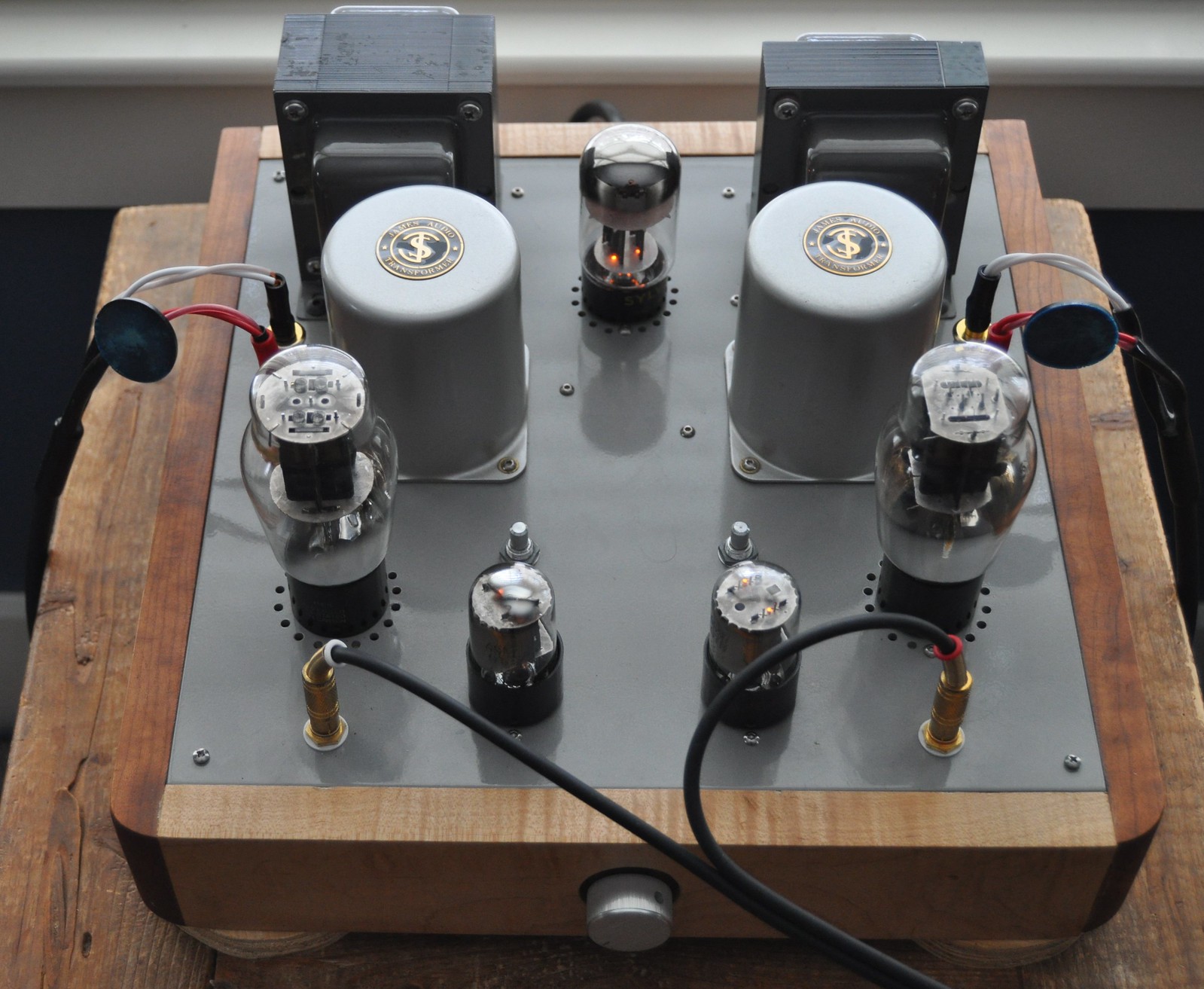Is HK,3490 a class B, receiver.
thesurfer
Posts: 574
in Electronics
My brother in law says it is, as i have had one since they came out, in 2008, and cant find the manual to it,i cant say hes wrong, but i was told it was a AB, receiver, by a tech, that worked on some years ago, thanks.
Not an Audiophile, just a dude who loves music, and decent gear to hear it with.
Best Answer
-
yes yes yesSpeakers: Polk Lsim, ATC SCM19 v2, NHT SuperzeroSpeaker Cables: DH Labs, Transparent, Wireworld, Canare, Monster: Beer budget, Bose ears
Answers
-
It is Class A/B. There are really no "Class B" amplifiers in common use (they would sound horrible). In common use, there are really only Class A (hot, low power, sound great), Class A/B (most common), or Class D (digital). You may hear of some other classes like T, but that is really just a proprietary version of D.
-
Not sure class B would by definition sound horrible -- but an amplifier biased to pure class B would have pretty significant crossover distortion as the 'pull' output device switches on when the 'push' device switches off at zero volts AC; i.e., the "crossover".
Otherwise, yes, class AB bias has been more or less de rigueur in push-pull output stages in hifi for decades (until the advent of various "digital" amplifier schemes). Class AB or B amplification is much more efficient electrically (watts of power from the wall in per watt of audio output power out) than Class A. The "digital" amplifier schemes are very efficient but can have other 'issues' related mostly to the switching topologies they use.
It's probably worth mentioning that there are other amplification bias "classes" used in audio. Most are either "sliding bias" pseudo-class A (e.g., Technics had "New Class A" in the late 1970s into the 80s) or dual-rail schemes that permitted very high output power for transients (so called Class G amps, sold, e.g., by Hitachi in the 1970s).
There have, I think, been some Class B biased "hifi" amplifiers, believe it or not.
If the internet is to be believed, the early soiled, umm, I mean solid state Dynaco stereo power amplifier kits (ST-120 and ST-80) were said to be Class B biased, but used some sort of feedback scheme to smooth out the crossover distortion. Not that I can document this unequivocally Given the way the ST-120 sounds (quite not good), I wouldn't be surprised, though.
Given the way the ST-120 sounds (quite not good), I wouldn't be surprised, though.
http://audiokarma.org/forums/index.php?threads/why-no-class-b-amps.597078/#post-7866122
Note: there is a vast amount of misinformation in the thread from which that post is attached. It is entertaining reading but not very factually informative on the whole.
I have this vague recollection that the beautiful (but rather terrible sounding) Acoustic Research (AR) integrated amplifier of the mid/late 1960s had Class B power amplifier biasing... but I have not been able to confirm this via good ol' google.
https://www.stereophile.com/content/acoustic-research-integrated-amplifier
PS Here's a fairly nice (if perhaps slightly exaggerated) depiction of of Class B "crossover distortion" on a poor, defenseless sine wave, from Paul McGowan (PS Audio). https://www.psaudio.com/pauls-posts/class-b-ab-and-a/
Here's a fairly nice (if perhaps slightly exaggerated) depiction of of Class B "crossover distortion" on a poor, defenseless sine wave, from Paul McGowan (PS Audio). https://www.psaudio.com/pauls-posts/class-b-ab-and-a/
-
Oh -- this probably goes without saying... but, in case it doesn't

The "classes" of amplifier circuit design topologies has nothing to do with the "Class" designations bestowed by hifi components by the likes of Stereophile magazine!
My daily driver amplifier is single-ended and operates (essentially by definition) in Class A, but it's a home-made gizmo and wouldn't be on Stereophile's "Class A" list of hifi components even if it weren't (if for no other reason than it wouldn't have been expensive enough)!
 DSC_0485 (2) by Mark Hardy, on Flickr
DSC_0485 (2) by Mark Hardy, on Flickr

